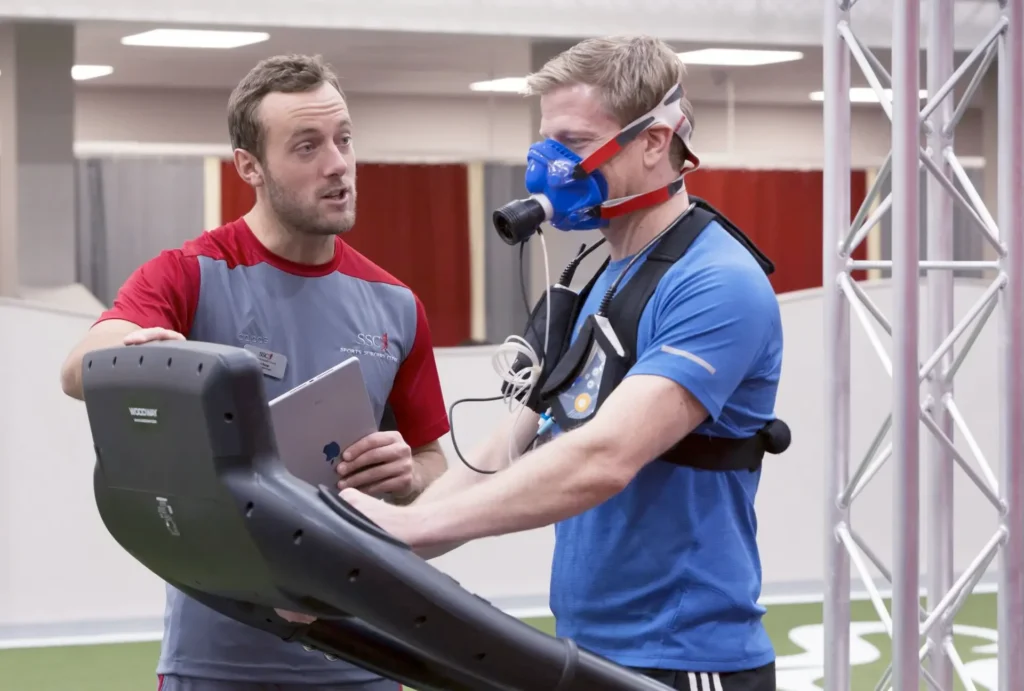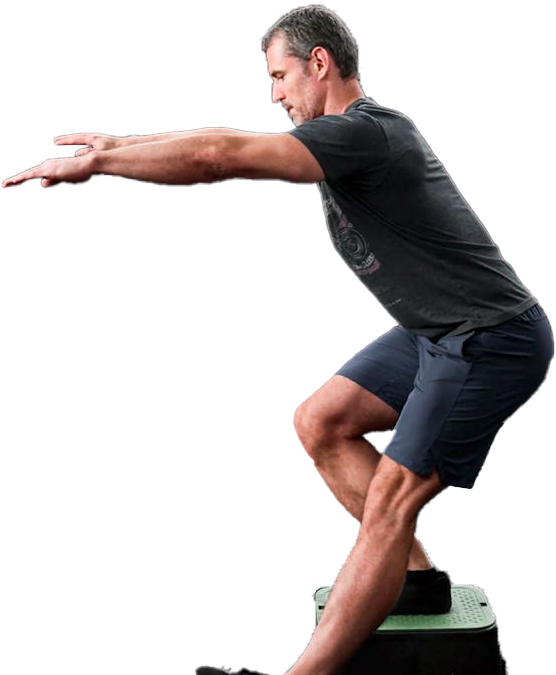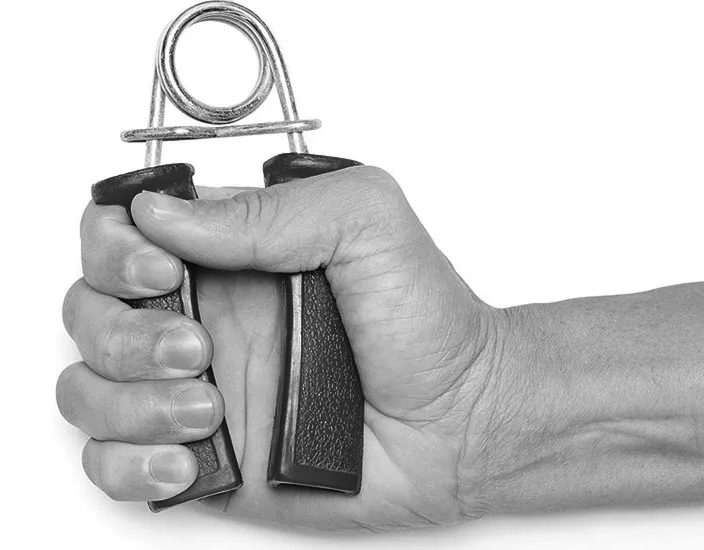VO2 MAX
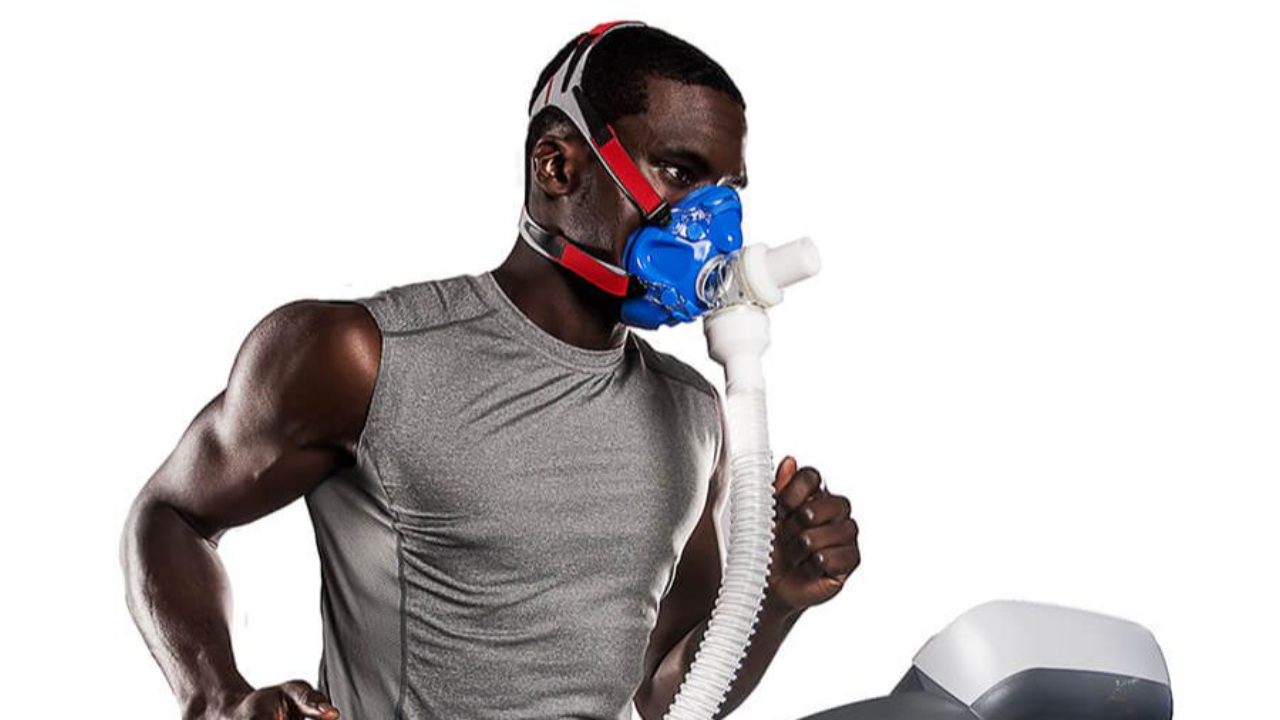
VO₂ max — your maximal oxygen uptake — is one of the most important markers we assess. It’s more than a fitness metric; it’s a powerful predictor of mortality and overall resilience.
BLOOD BIOMARKERS

Your blood tells a story long before symptoms appear. It can reveal early signs of metabolic dysfunction, cardiovascular risk, systemic inflammation, and organ stress.
THIGH STRENGTH
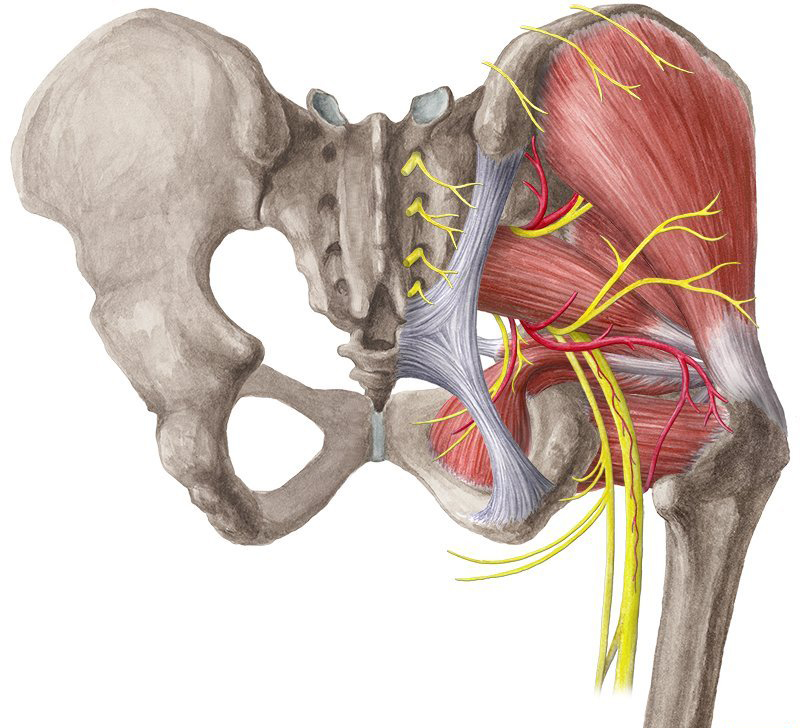
Thigh strength helps prevent injury by stabilising joints and absorbing load. It's one of the most important determinants of whether you remain active & engaged with life as you age.
GRIP STRENGTH

Grip strength is simple yet powerful proxy for overall muscular strength. Research shows grip strength is strongly associated with mobility, independence, and even survival.
Balance & Stability
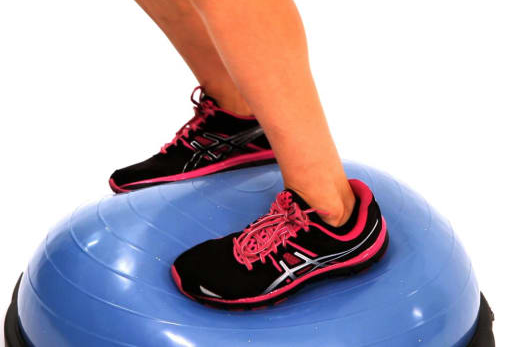
Balance & stability affect your ability to control your body in space. Stabilising joints and coordinating movement is fundamental to long-term functional health.
THIGH STRENGTH

Thigh strength helps prevent injury by stabilising joints and absorbing load. It's one of the most important determinants of whether you remain active & engaged with life as you age.


